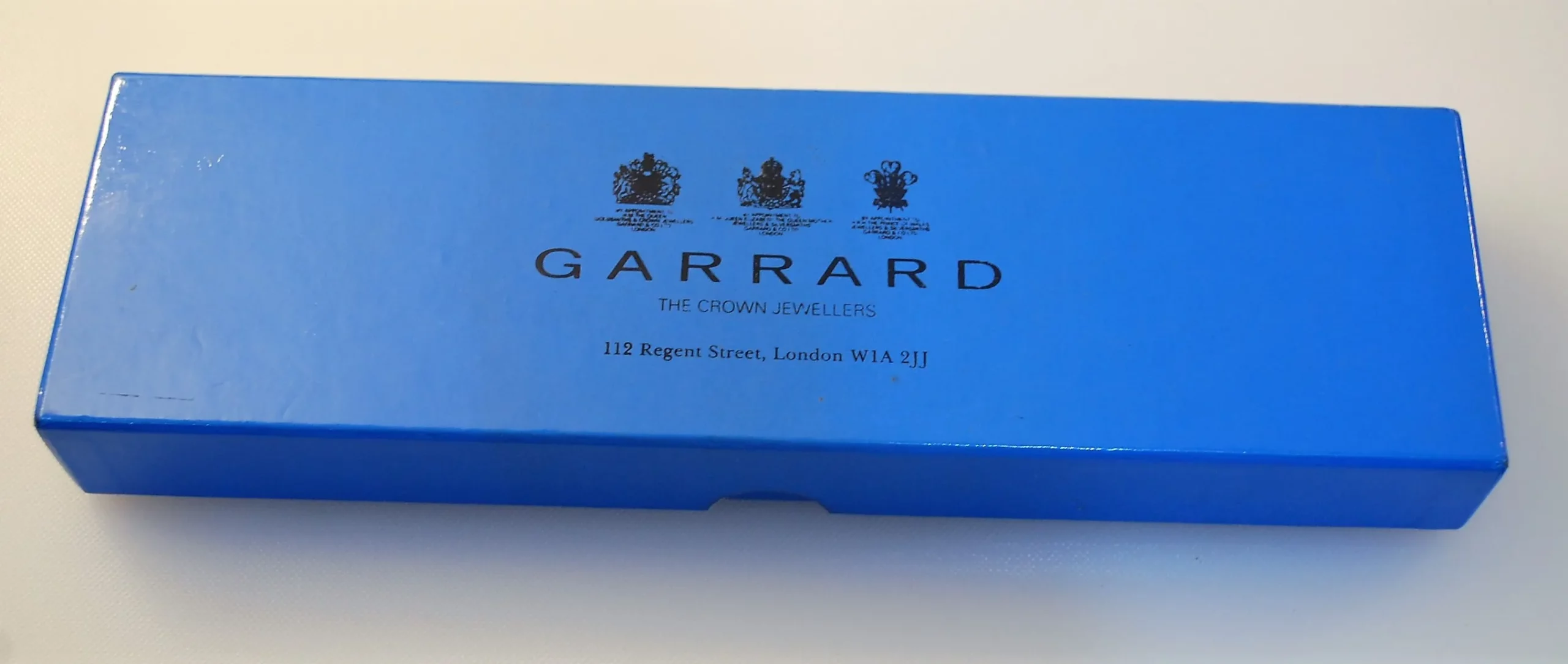With the Coronation of King Charles set for this May, preparations are well under way behind the scenes. The crown which Camilla, Queen Consort will be wearing has an interesting tale to tell and former Rye resident and published author Michael Montagu has written this article to bring us all up to date with the history behind the crown.
In 2007, a surprise statement from Buckingham Palace announced that, for the first time in 164 years there was a new Crown Jeweller. It was made clear that there were no issues with Garrard & Co, the first firm to hold the coveted appointment, just that it was “time for a change”. There was speculation that the appointment of Jade Jagger as Creative Director, and the new image that followed, was the catalyst for the change. The company had recently moved, from its grand building in Regent Street back to an earlier address, Mayfair’s Albemarle Street. Garrard is the longest established jewellery firm in the world, founded by silversmith George Wicks in 1735.

The title of Crown Jeweller was created by Queen Victoria in 1843. The title is given to an individual, not a company. The first was Sebastian Garrard. Before then, between 1782 and 1821 Jefferys and Jones, founded in 1775, of Cockspur Street, had worked on the Crown Jewels. Between 1821 and 1843 the famous firm of Rundell, Bridge and Rundell, opened in 1787, described themselves as Crown Jewellers but without official sanction. They were responsible for the famous diamond diadem that was worn on his hat by King George IV on the way to his coronation and frequently seen on Her Late Majesty at the State Opening of Parliament.
They were appointed as one of the jewellers and silversmiths to King George III in 1797. In 1804 they were given The King’s Warrant as Principal Royal Goldsmiths and Jewellers. Between 1807 – 1819 they employed the great silversmith Paul Storr, whose work is now avidly sought by collectors. Rundell produced The Grand Service for King George IV when he was Prince of Wales. It comprises more than 4,000 silver gilt pieces. The first consignment was delivered in 1811, at the staggering cost of £60,000. George added to it for the rest of his life, until he died in 1830.
It was obviously a sound investment, as it is still in use. A little know fact is that Rundell also operated coal mines, shipping piers and railways in Canada, between 1827 and 1900
From 2007 until 2012, the firm of G. Collins & Co in Tunbridge Wells was Crown Jeweller. Harry Collins had been appointed personal jeweller to the late Queen in 2000, so it was a logical move. For some, part of the surprise was not just Garrard losing the title, but its being transferred to a small company outside London. They resigned the role in 2017, when Mark Appleby of Mappin & Webb was appointed.
He played a prominent role in the committal service of Her Late Majesty at St. George’s Chapel, Windsor Castle, when he removed the Instruments of State – the Imperial State Crown, Sceptre and Orb – from Her Majesty’s coffin before it was lowered into the Royal vault. It was recently announced that St. Edward’s crown is now with the Crown Jewellers, being resized, ready for the coronation of His Majesty King Charles III on Saturday, May 6.
Image Credits: Reproduced by kind permission of the Lord Chamberlain's Office, Buckingham Palace , Michael Montagu .



